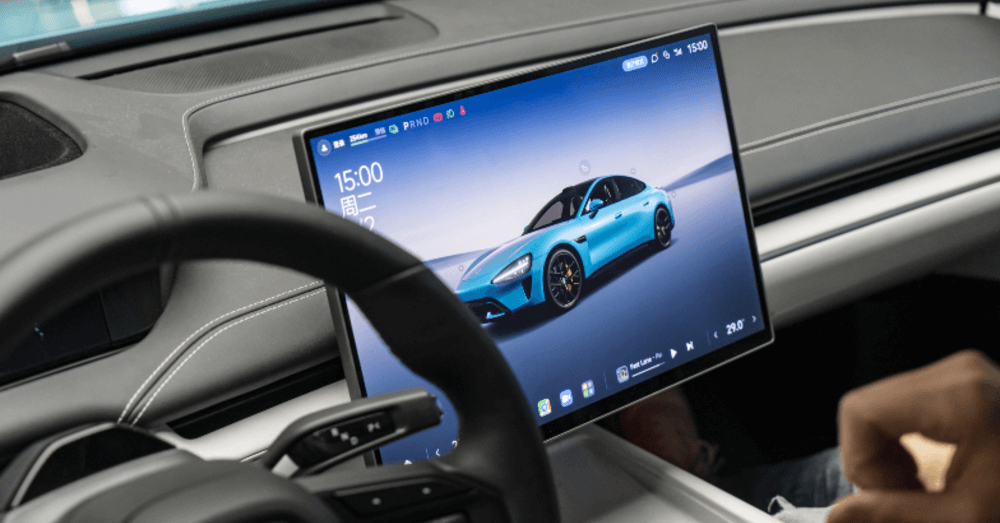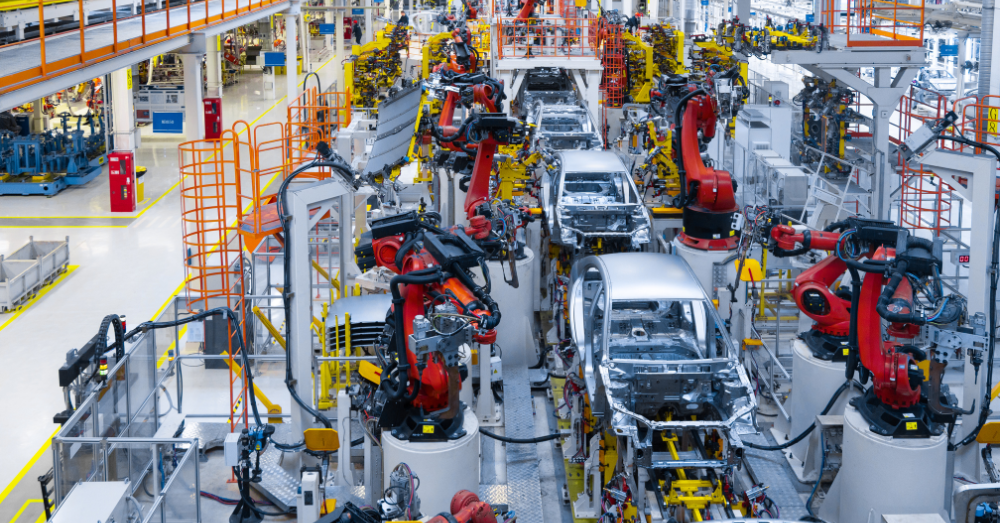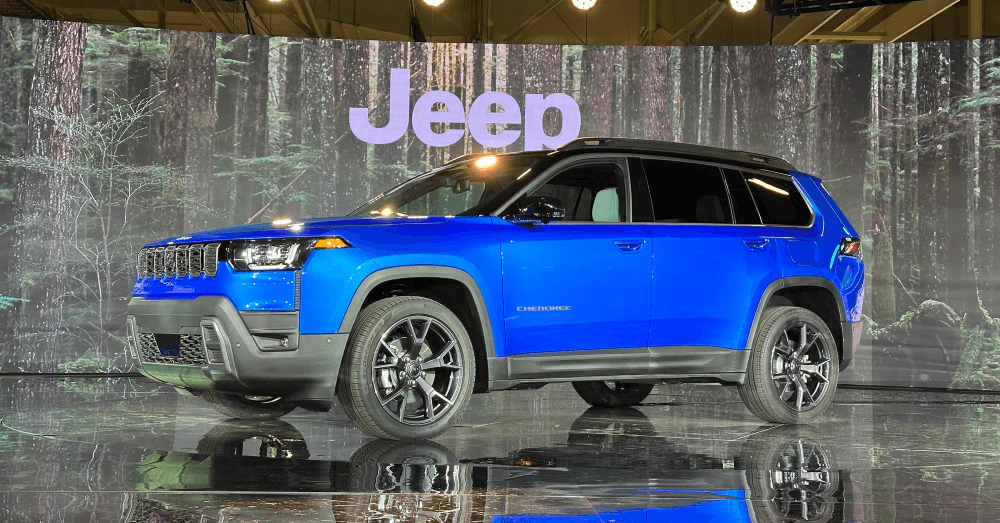Despite America’s love for muscle cars, big trucks, and bold SUVs, European buyers largely steer clear of U.S.-made vehicles.
For many years, American vehicles were mocked for being too big, clunky, and dependent on outdated powertrains for power. Today’s American cars are much better and should fare well in Europe, but they don’t. U.S. cars struggle when offered in Europe, despite being offered in other markets with success.
Let’s take a look at some of the reasons U.S. cars struggle in Europe and it’s not about politics or quality.
European roads are narrow
The most popular vehicles in America wouldn’t be anything more than frustrating in Europe. Pickup trucks, specifically full-size trucks, are the most popular vehicles in America. They are big, powerful, and great for the wide-open spaces and large roads of America but would never work well while driving down a winding village lane. Many of the roads in Europe have been around for decades, or close to a century, and that means Europeans need smaller vehicles to drive on their roads. Some areas in Europe are wide open and picturesque and that’s how they should remain.
Engine size matters
Driving a truck with a massive V8 engine or a muscle car with the same type of engine is a badge of honor in America. The bigger the engine, the better, but that’s not always the case. Even in America, when gas prices crest $3.00 per gallon, many drivers go searching for hybrids and other small vehicles to be more efficient. In Europe, fuel costs nearly $10.00 per gallon, which would make it cost-prohibitive to drive a large truck. Most Europeans drive vehicles with engines that have 1.0 or 2.0-liter engines. These small engines sip fuel, making it much easier to afford to drive them.
The European market doesn’t need America
The top ten automakers in Europe are mostly European names, with a few Asian names tossed in. American automakers have never figured out how to compete in terms of fuel efficiency, driving dynamics, or reliability compared to European and Asian automakers.
In 2023, the top ten automakers in Europe by sales were:
- Volkswagen
- Toyota
- Audi
- BMW
- Mercedes
- Renault
- Skoda
- Peugeot
- Kia
- Dacia
Are there any exceptions?
Although European drivers don’t like U.S. cars, there have been and still are a few exceptions. Ford has had a strong showing in Europe for many years, but not Ford models that are made in America. Ford is among the top twenty automakers in Europe with the Ford Escape doing pretty well as the Ford Kuga, which is built in Spain. Another favorite from Ford is the Puma, which is typically among the top twenty vehicles in the European market.
Another exception
Another exception to the rule is the Tesla Model Y. This small electric SUV was in the top ten vehicles sold in Europe and was the number one seller in 2023. If electric vehicles continue to be popular and experience growth, the Model Y should continue to be a popular American vehicle that is sold in Europe. Unfortunately, there aren’t many other exceptions to Europeans turning their nose up to U.S. cars.
Should American automakers worry?
Is the European market worth the time and effort it would take for American brands to break into this market and sell vehicles across the pond? Considering Ford has done it for years, they would know and state that it’s not as profitable as it should be. In fact, Ford intends to slash its European workforce by nearly 4,000 jobs by the end of 2027. The company currently employs 28,000 workers across Europe, making the reduction in workforce a significant number.
What does this mean for the current automotive landscape?
The word of the day is tariff. This economic tool is being utilized by the current presidential administration to increase the costs of imported goods, including vehicles. The challenging part isn’t getting Europeans to buy more American vehicles because they aren’t buying them now, but European vehicles entering the United States will suddenly be much more expensive. It probably won’t take long for most European countries to impose retaliatory tariffs on U.S. cars, which makes it hard to see how anyone will be able to afford vehicles made elsewhere.
That said, many automakers, including BMW, Volkswagen, Mercedes-Benz, and Audi, have assembly plants in the United States, which could allow vehicles under these brands to be sold in the U.S. without hefty tariffs. Without a strong presence in Europe, U.S. cars aren’t going to gain a foothold on the Old Continent.






